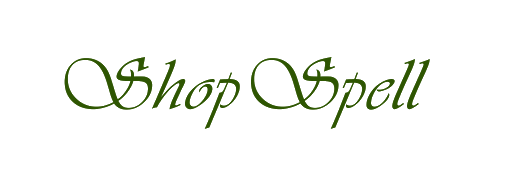-

-
Books
- Antiques & Collectibles
- Architecture
- Art
- Bibles
- Biography & Autobiography
- Body, Mind & Spirit
- Business & Economics
- Comics & Graphic Novels
- Computers
- Cooking
- Crafts & Hobbies
- Design
- Drama
- Education
- Family & Relationships
- Fiction
- Foreign Language Study
- Games
- Gardening
- Health & Fitness
- History
- House & Home
- Humor
- Juvenile Fiction
- Juvenile Nonfiction
- Language Arts & Disciplines
- Law
- Literary Collections
- Literary Criticism
- Mathematics
- Medical
- Music
- Nature
- Performing Arts
- Pets
- Philosophy
- Photography
- Poetry
- Political Science
- Psychology
- Reference
- Religion
- Science
- Self-Help
- Social Science
- Sports & Recreation
- Study Aids
- Technology & Engineering
- Transportation
- Travel
- True Crime
- Uncategorized
- Browse Categories
- Browse Showcases

![How to Solve It A New Aspect of Mathematical Method [Paperback]](/itemImage/2/0/8/0/2_114644.jpg)